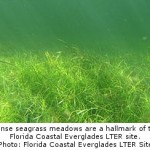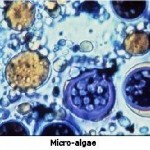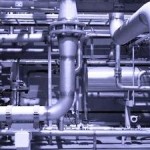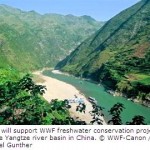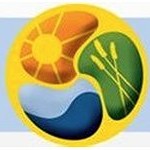Quick Facts about CIRS
- Natural Lighting: CIRS’ U-shape design maximizes natural daylight and fresh air for inhabitants, who control their environment (light levels, temperature) with their computers.
- Flexible Workspaces: With power, data and ventilation under modular floorboards (instead of through walls or ceilings) at each workspace, offices can be reconfigured overnight.
- Green IT: CIRS has no desktop computers or servers guzzling energy. Inhabitants “remote access” into desktops, drives and servers, which are stored “in the cloud” instead.
- Psychology: One of many research projects is a study of CIRS’ influence on thoughts and behaviors and science-based methods for encouraging people to act sustainably.
- Earth-Friendly Eats: At CIRS’ Loop Café, you stir your coffee with dry linguine, which composts faster than stir sticks. There is no disposable packaging onsite.
- Cost Comparison: CIRS cost 25 per cent more than an equivalent LEED Goldbuilding, which is standard at UBC. The university is projected to recoup the extra cost in 25 years or less through reduced operation, maintenance and energy costs – and reap significant cost savings over the building’s project 100-year lifespan.
CIRS’ ‘Net Positive’ Environmental Impacts
- Energy: By capturing energy from the sun, the ground and the nearby Earth and Ocean Sciences (EOS) building, CIRS heats itself and returns 600 megawatt hours of surplus energy back to campus.
- Operational Carbon: CIRS’ operations require no fossil fuel and the surplus energy CIRS returns to EOS removes an additional 150 tonnes of GHG emissions annually through reduced natural gas use.
- Structural Carbon: CIRS’ wood structure locks in more than 500 tonnes of carbon, offsetting GHG emissions from non-renewable materials used in the building’s construction, including cement, steel and aluminum.
- Water: CIRS will satisfy the water needs of 200 inhabitants, plus hundreds of auditorium and café users, by capturing rain and treating it onsite. Water that can’t be used for drinking will recharge the local aquifer.
Source: UBC.

